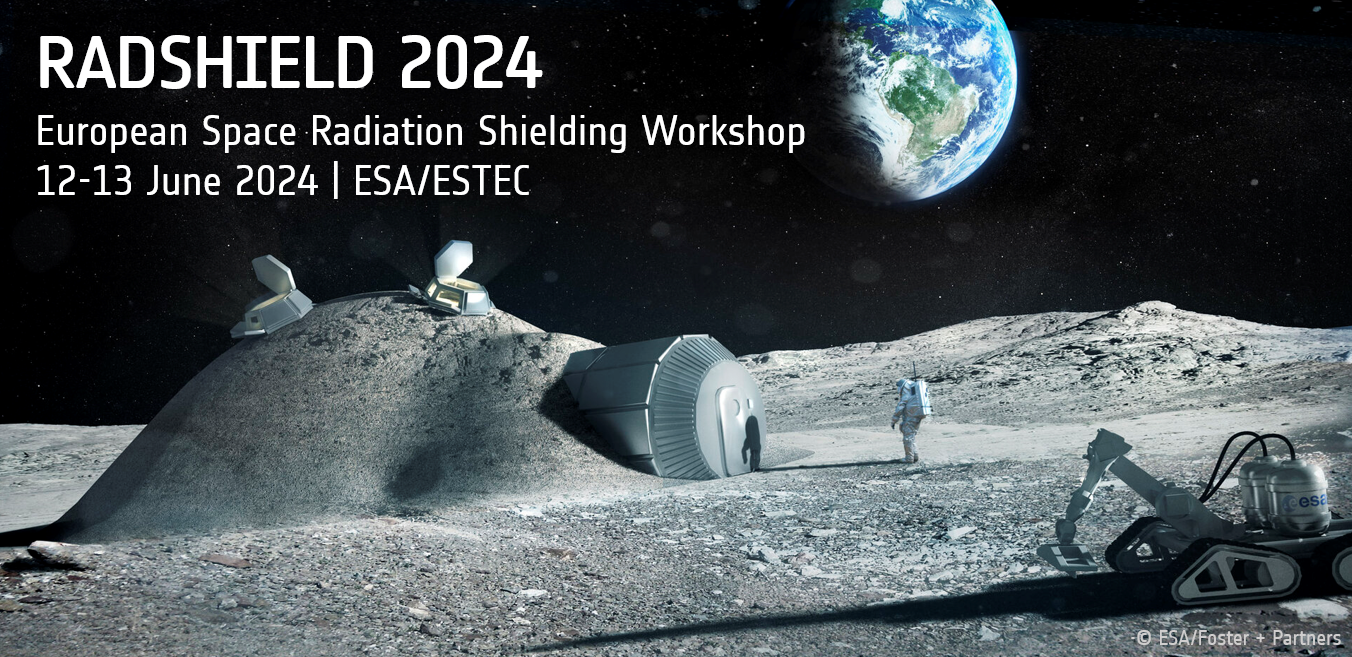Speaker
Description
The pursuit of ‘Active shielding’, whether magnetic or electrostatic, has often felt like chasing a mirage. However, the effectiveness of magnetospheres on Earth hints at a viable path forward. Complex engineering proposals to safeguard spacecraft or lunar bases have consistently encountered obstacles: heavy hardware, demanding power requirements, and disruptive effects on other systems. These challenges stem from oversimplified models assuming that energetic ions can be solely controlled by the Lorenz force from artificial electric or magnetic fields, overlooking the complexities of interplanetary space as a near-perfect plasma. This necessitates a shift towards understanding the interaction of energetic particles with magnetospheric environments, emphasizing the importance of miniaturizing magnetospheres for practicality. Despite initial doubts regarding the deflection capabilities of mini-magnetospheres, observations of natural phenomena highlight their effectiveness in scattering particles through turbulence, collisionless shock, and diamagnetic cavity formation. The key challenge lies in enhancing and optimizing these effects within an artificial system.
Inspired by analyses of natural phenomena such as the Moon's mini-magnetospheres and artificial comet experiments, AEGIS (Active Electromagnetically Generated Inductive Shield), an ESA-funded GSTP project led by RAL Space, the University of Oxford, and Strathclyde, endeavors to harness electromagnetic shielding techniques for spacecraft and astronaut protection. By integrating insights from natural occurrences and laboratory research, AEGIS aims to revolutionize space radiation protection by effectively managing and manipulating ‘miniature’ magnetospheres, drawing on techniques developed in laser plasma accelerators and fusion tokamaks. This approach holds the promise of overcoming past limitations and providing a realistic solution for active shielding, complementing passive shielding as solar storm shelters, akin to the protection offered by Earth's magnetic field.

